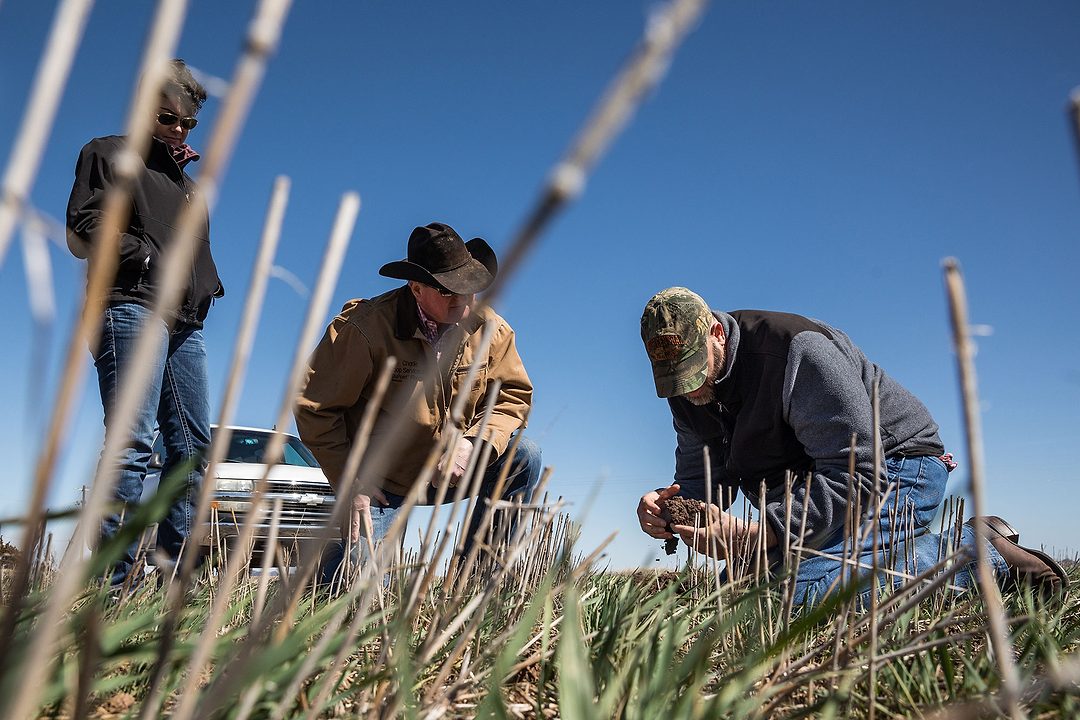By Jim Johnson, Soils and Crops Consultant, Noble Research Institute
Cover crops have gained a great deal of popularity in the past several years. Many producers contact us wanting information about which cover crop they should grow. Before we can give a good answer, we must first ask and answer a multitude of other questions.
1. What are your goals for the cover crop?
This is the first and most important consideration. Are you growing a cover crop to keep the soil covered, provide living roots, provide habitat for pollinators and other beneficial insects, fix nitrogen in the soil, break a compacted soil layer, provide pest control, or some combination of these or many other potential goals?
Answering this question helps determine if a cover crop is the right tool to use and which cover crop plant species could be most beneficial.
2. What herbicides will you use?
In order of importance, herbicide use is probably the second most important factor when considering cover crops. Many herbicides can have residual activity that will prevent some cover crops from germinating or growing well. Grazing restrictions from herbicides may be an issue too. Always read and follow all label directions.
Thought should also be given to what pesticides may be needed to control pests in the cover crop and how the cover crop will be terminated. If the cover crop has a tendency to come back as a volunteer stand, how will it be controlled and prevented from becoming a future weed problem?
3. What resources do you have?
Before you decide to grow a cover crop, inventory your resources to determine what is feasible. Consider: What are your soils and weather like? Can an appropriate seedbed be prepared, and are planters or seed drills available? What is your knowledge level, skill set, time availability and management ability?
Do you have sufficient financial assets to purchase seed and pay for other management inputs? And are the appropriate seeds available locally or will they need to be ordered and shipped in?
Other Considerations
For some growers, crop insurance and government farm programs may limit cover crop activities. Other complications may arise from lenders, partners or, in the case of tenant farmers, landowners. These challenges don’t necessarily rule out the use of cover crops.
A cover crop just needs to be well planned to work it into a crop rotation without decreasing subsequent crop yields. Thinking through all of these considerations ahead of time will help determine if cover crops are right for you.





Post a comment
Report Abusive Comment